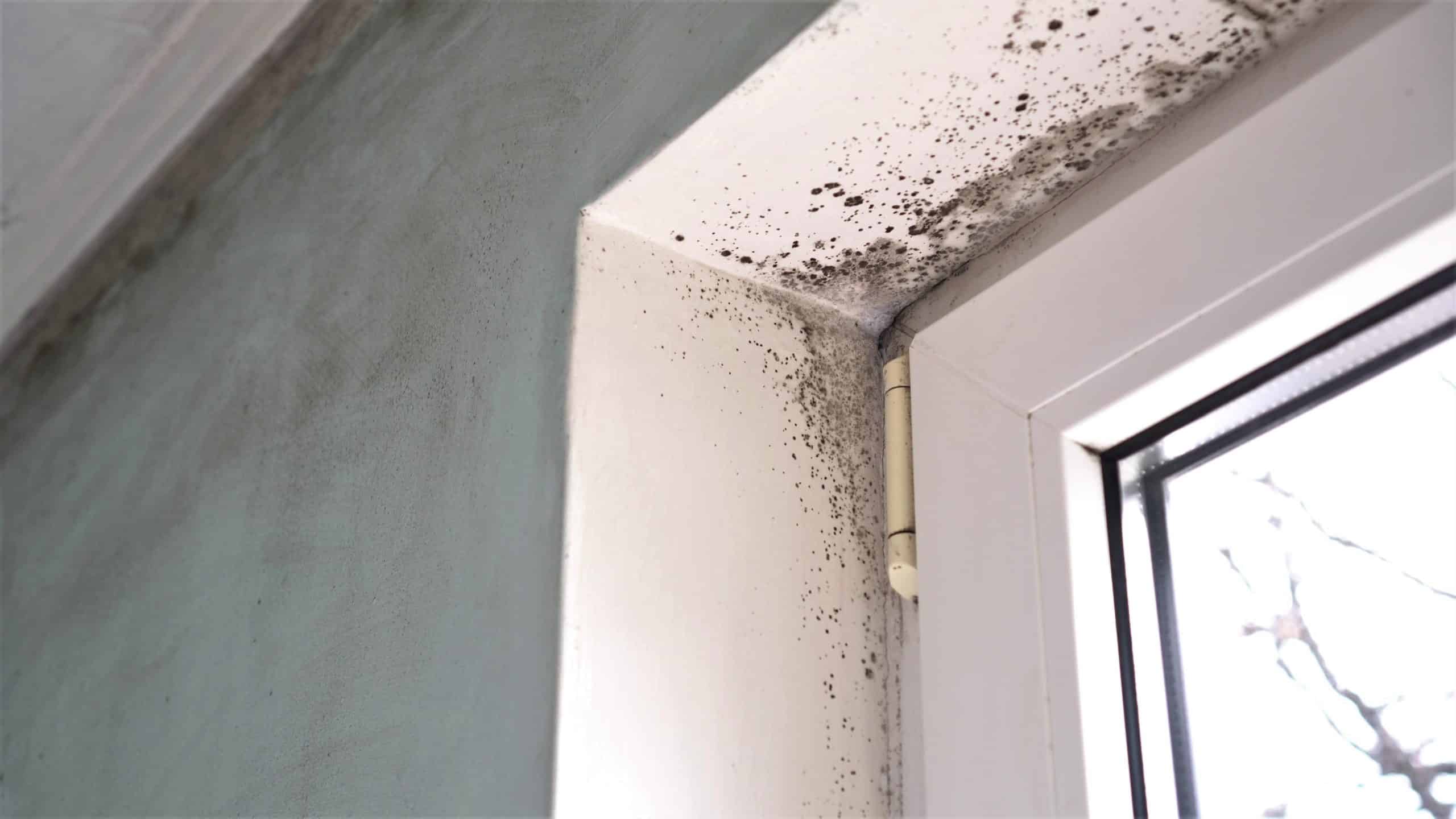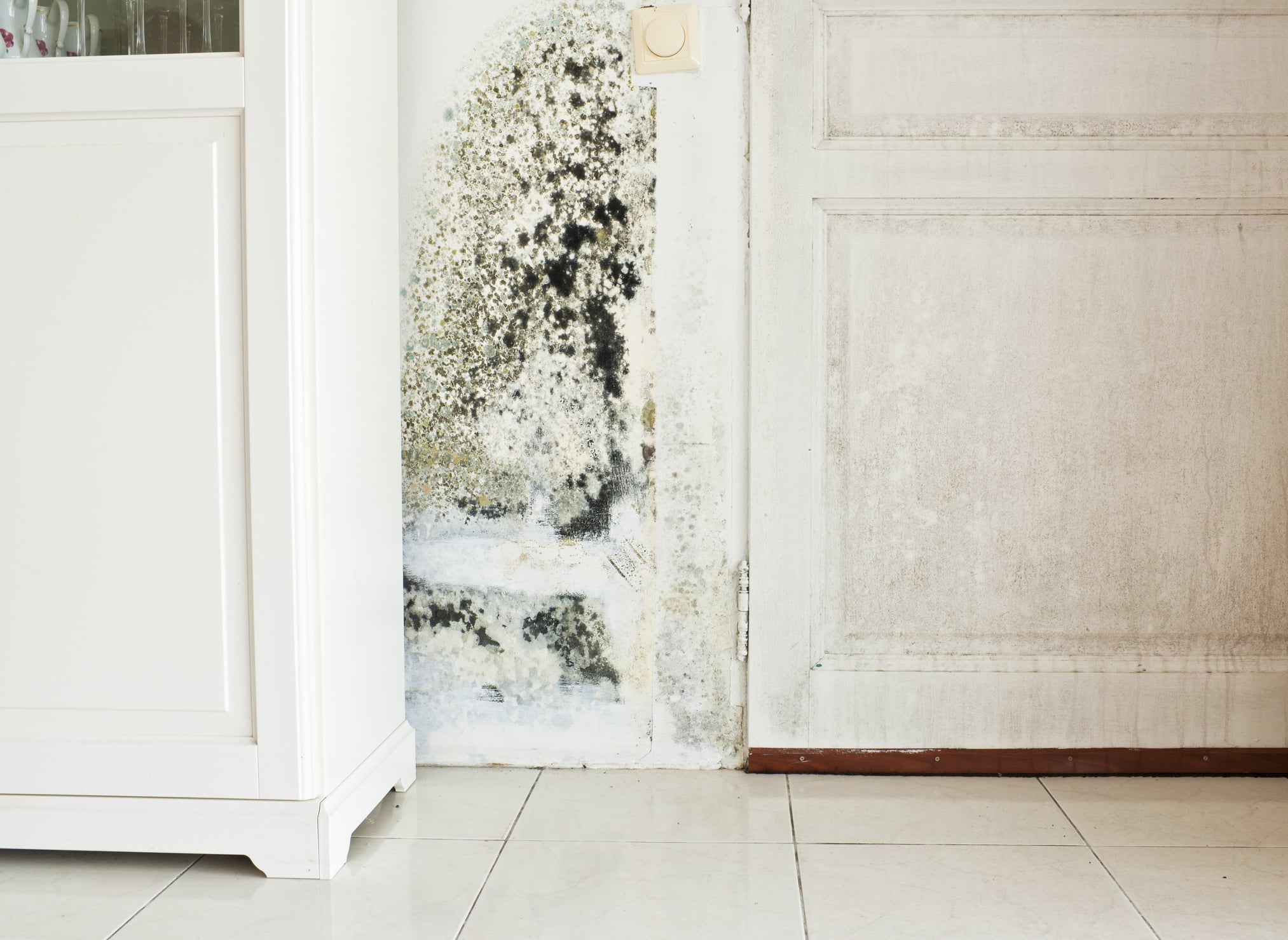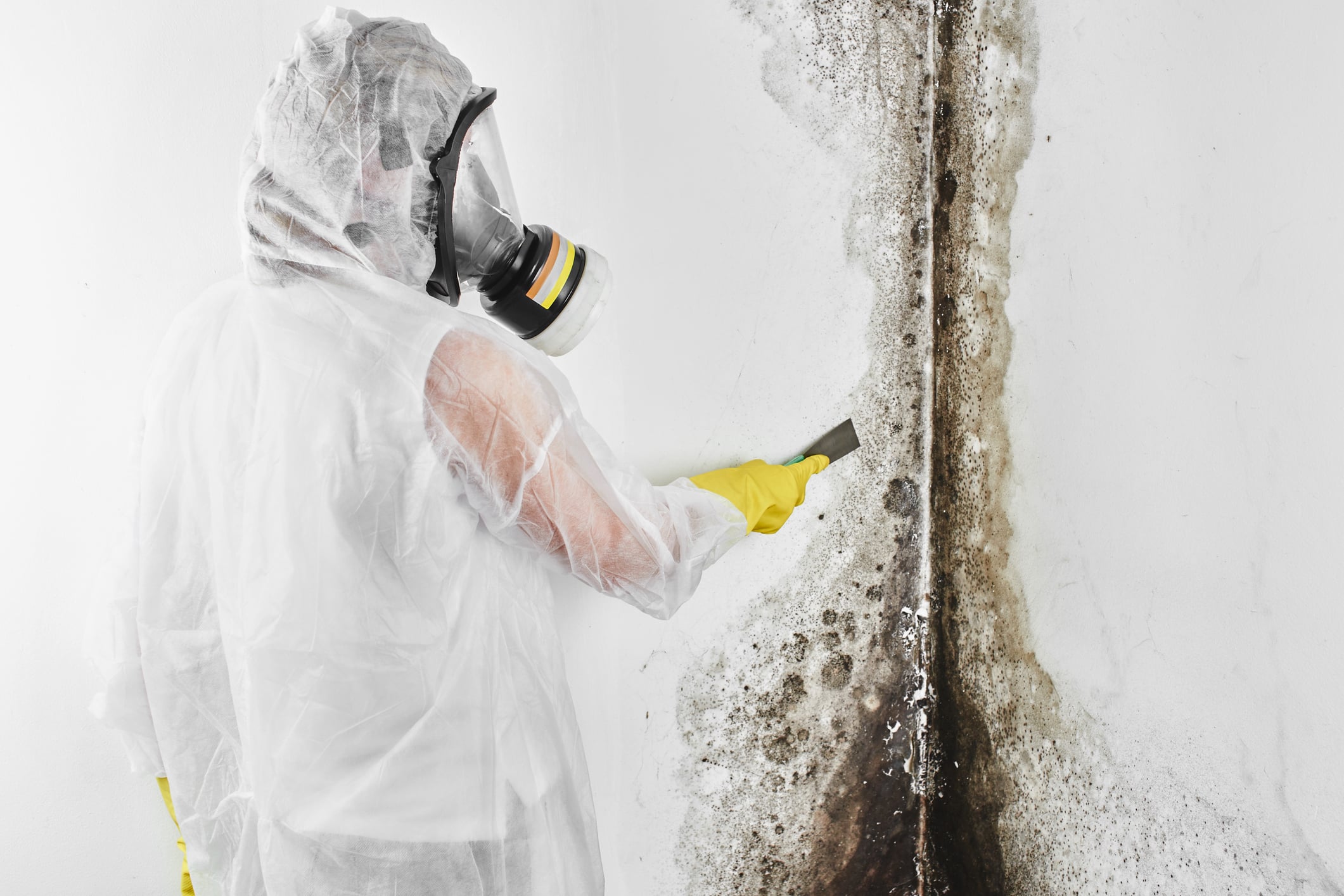Home Buyer’s Guide: Identifying & Addressing Mold with MD Mold Testing in Maryland
There are a few things shoppers should never take a seller’s word for; not necessarily because the seller is dishonest, but because they might not know about the problem. Such is the case with mold growth, which goes undetected in many American homes. These spores not only spread rapidly, they also cannot be completely eradicated. In other words, they are a permanent, i.e., expensive problem.
The Dangers of Mold in Maryland Homes
The difficulty with mold is that it often grows out of sight, such as on the backside of drywall and other concealed areas that are close to leaking pipes. Fueled by moisture, these spores multiply like gremlins and can be quite costly to remediate. More importantly, mold can produce irritants and allergens that cause serious health problems for the home’s occupants.
Warning Signs of Mold Infestation
When shopping for a home, keep an eye out for the following signs:
- Watermarks and musty odors are the most common signs since mold and moisture are always linked
- Dank areas like basements that have experienced flooding or had standings water in the past
- Listen for leaks or dripping water in the ceilings or walls.
The Importance of Mold Testing in Maryland
Home inspectors don’t test for mold, but most will report evidence of water damage, which is the most common cause of mold growth. As a prospective buyer, you should always ask the inspector if he noticed any indications of mold infestation. If the inspector mentions that he does suspect mold infestation, always order an immediate mold test. You may have to pay an outside company to do it for you but believe us, it’s worth it!
5 Types of Mold Commonly Found in Homes in Maryland
It might sound scary, but most homes do contain mold. While some mold can be toxic and can lead to very dangerous health symptoms, toxic mold in homes is rare.
Unmasking the Mold: Understanding Allergenic Mold Impact
However, allergenic molds are quite common. These types of mold can lead to less serious symptoms, but still symptoms nonetheless. These could include sneezing, watery eyes, coughing, wheezing, and more.
Let’s go over the 5 of the most common types of mold you could find in your Maryland home. The good news is that there are ways to rid your house of mold no matter what type you might have in your house.
From Dark Green to Dangerous: The Different Faces of Mold
Alternaria
Alternaria is the most common type of allergenic mold you find inside homes. It has a velvety, hair-like appearance and is usually dark green or brown. It’s mostly found in areas that are consistently wet like in showers, sinks, bathtubs, or areas with water damage.
While it isn’t a toxic mold, it is associated with asthma-like symptoms like coughing and wheezing.
Cladosporium
Mold usually prefers warm and wet conditions, but Cladosporium mold is able to thrive in both warm and cold conditions, meaning you aren’t safe even in the Maryland winter.
It’s an allergenic mold that’s most often found in carpets, upholstery, cupboards, and floorboards. It can cause a number of symptoms including skin rash, lung infections, respiratory issues, and allergic reactions.
Acremonium
Unlike the other two molds we’ve discussed so far, Acremonium is a type of toxic mold. This mold starts off looking wet but evolves to turn into a powdery substance.
You usually find this mold in air conditioners, humidifiers, drainage pipes, and other areas that are consistently wet. This is a very dangerous mold that can lead to immune issues, brain disorders, and even cancer.
Stachybotrys Chartarum
Stachybotrys Chartarum, known colloquially as black mold, is another type of toxic mold. This one is unique in that it’s both toxigenic and allergenic.
As a toxic mold, this mold will produce mycotoxins, which can lead to severe health issues for those exposed. These include:
- Breathing problems
- Aches
- Pain
- Inflammation
- Headaches
- Neurological problems
- Cardiovascular problems in children
Black mold thrives in areas that are damp, moist, and humid. It has a slimy black appearance. It often grows on wood, wicker, cardboard, hay, and other natural materials.
Ulocladium
Ulocladium is another unique, but common, mold on this list because it grows both inside and outside your home. It’s usually black and is found in very wet areas like the shower, bathtub, sinks, basements, kitchens, etc. It also grows in areas with water damage like walls and floors.
It’s easy to misidentify Ulocladium as another mold type, so be sure to get it looked at by a professional.
Common Types of Mold
These five types of mold are a small subset of the hundreds of mold species out there. If you’re unsure of what mold type you’ve found in your home, it’s always best to consult a professional and have it removed as soon as possible to avoid severe health consequences.
3 Worst Types of Mold
Finding mold in your home is a scary experience, especially when it’s black mold. But, did you know there are several types of toxic molds that should be avoided at all costs? Here are just a few of the worst.
Chaetomium
Chaetomium molds are usually found in water-damaged structures, but they can also make their way into baseboards, drywall, window frames, and carpets. What makes chaetomium dangerous is that it produces elevated levels of mycotoxins, which can result in allergic reactions, skin infections, and in worst-case scenarios, neurological damage.
This type of mold produces a characteristic musty odor that is easy to identify. If you suspect chaetomium, have your home inspected for mold right away. Prevent the mold altogether by tackling any water issues before they can cause damage.
Fusarium
Like chaetomium, fusarium thrives in damp environments. You might spot it in your humidifier reservoir or along damp wallboards. While fusarium isn’t necessarily as toxic as chaetomium, certain people are susceptible to eye diseases caused by this type of mold, including fusarium keratitis. Fusarium can also cause pneumonia in immunocompromised individuals.
Fusarium is difficult to identify. Only the most experienced professionals can trace its presence.
Stachybotrys Chartarum
Also known as “black mold,” stachybotrys chartarum has earned a reputation as being one of the most toxic indoor molds you can encounter, and rightly so. While the mold itself isn’t toxic, stachybotrys chartarum releases mycotoxins that cause health issues, including breathing problems, allergies, asthma attacks, sinus infections, depression, and fatigue.
Preserving Health: Importance of Mold Removal and Prevention
Maintaining a clean, dry indoor environment will prevent black mold from growing. If you already have black mold, have it professionally removed and monitored.
Get Expert Mold Testing in Maryland with MD Moldtesting.com
Contact MD Moldtesting.com for your essential home inspection in Maryland. Whether you’re dealing with any of these toxic molds or one of the many not on the list, our team can give you the peace of mind you need to breathe easy.








